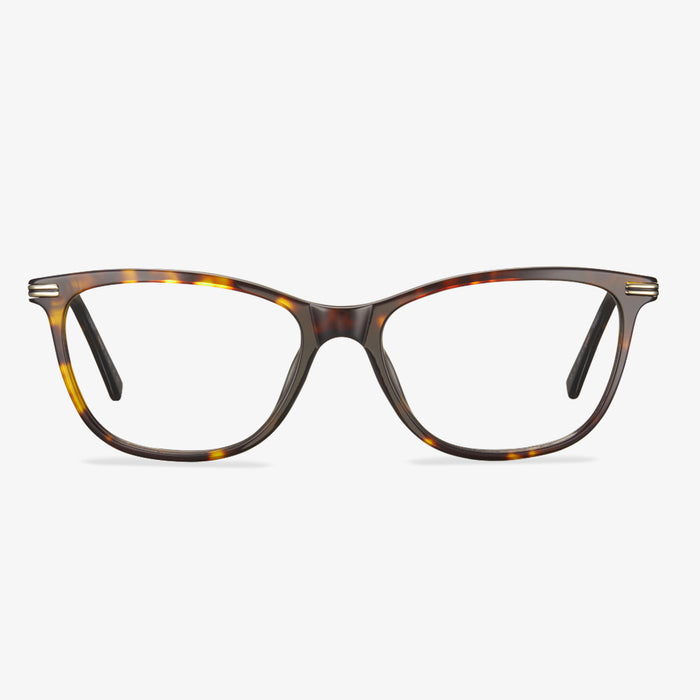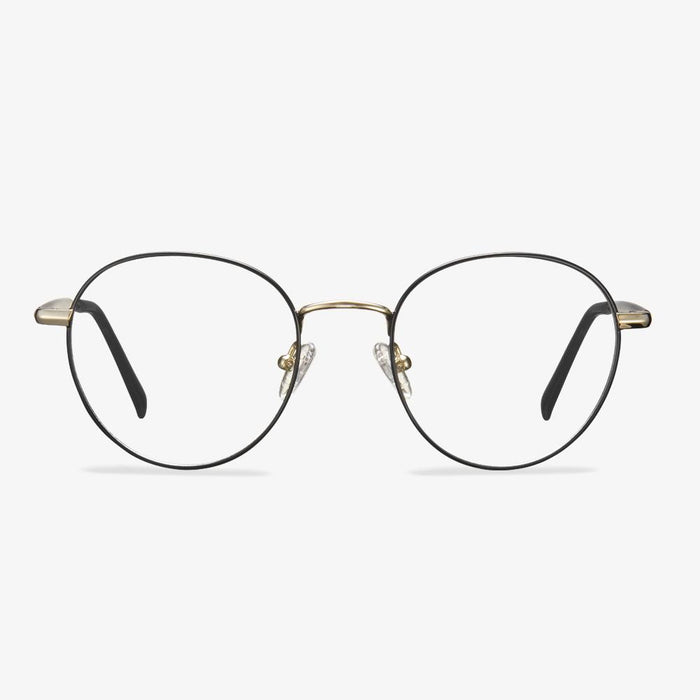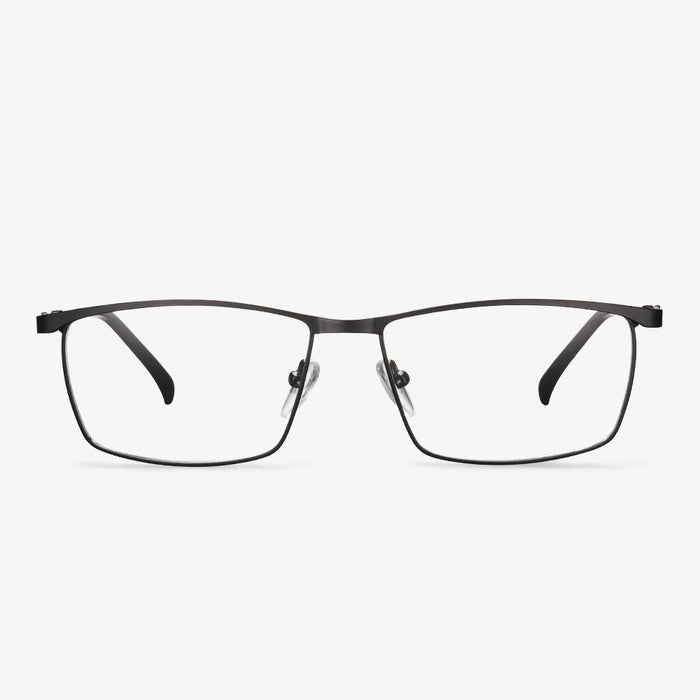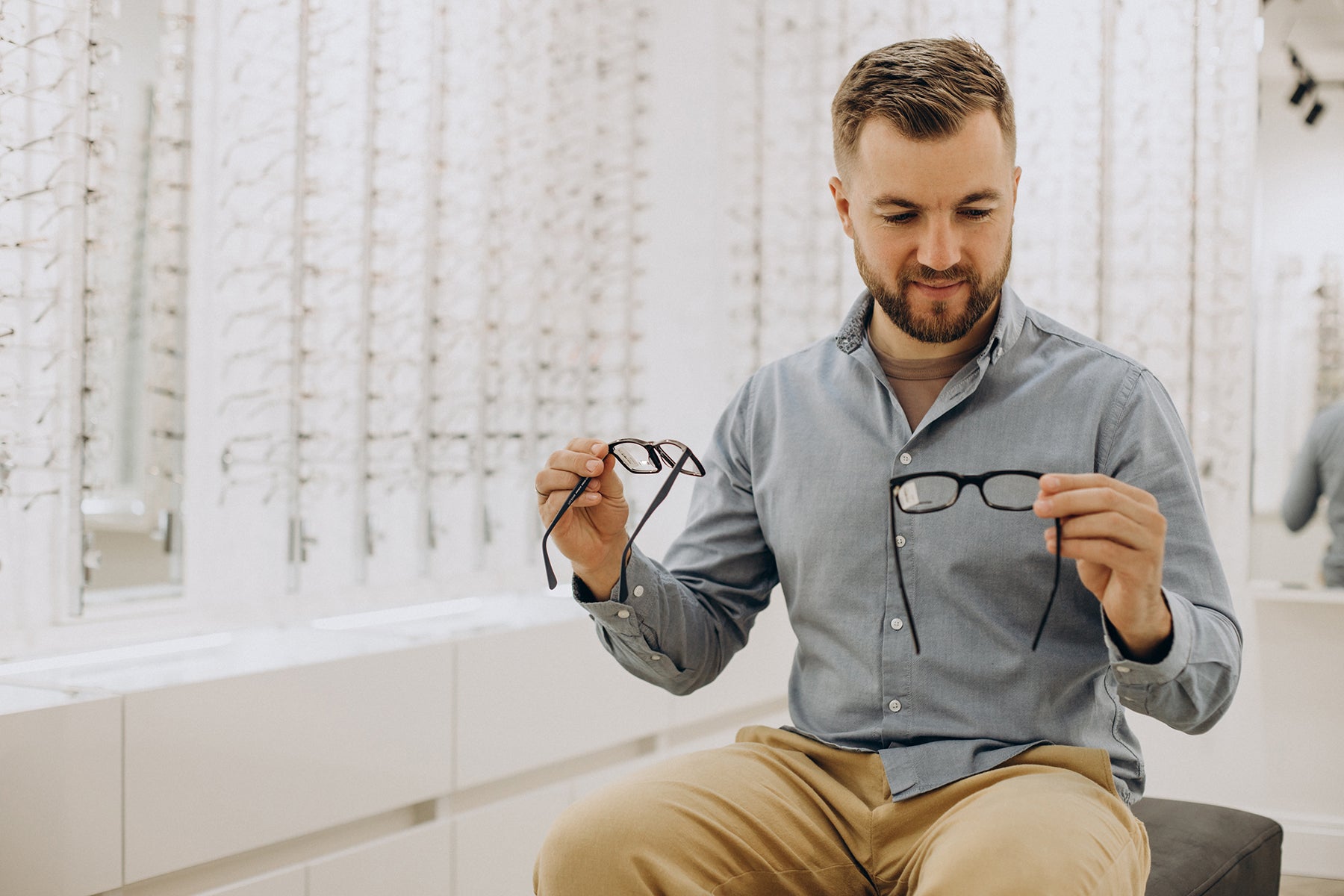When it comes to vision correction, one size does not fit all, we need take all into consideration before make a decision. The choice between progressive lenses and single vision lenses can significantly impact your daily life, from reading a book to driving a car. Each option has its unique advantages and disadvantages, and the decision ultimately depends on your individual needs and lifestyle. In this article, we'll explore the key differences between progressive and single vision lenses to help you make an informed choice.
Understanding Progressive Lenses
Progressive lenses, often referred to as multifocal lenses, are designed to provide a seamless transition between various vision distances. Unlike single vision lenses, which have a single prescription throughout, progressive lenses offer three different prescriptions in one lens:
Distance Vision: The upper portion of the lens is optimized for clear vision at a distance, making it suitable for activities like driving or watching TV.
Intermediate Vision: The middle section of the lens is ideal for tasks at an intermediate distance, such as using a computer or reading a recipe while cooking.
Near Vision: The lower part of the lens is customized for close-up activities, like reading a book or sending text messages on your phone.
Pros of Progressive Lenses
Seamless Transition: Progressive lenses provide a smooth progression of vision from near to far, eliminating the need to switch between multiple pairs of glasses.
Cosmetically Appealing: Progressive lenses have a no-line design, giving them a more aesthetically pleasing appearance compared to traditional bifocals or trifocals.
Versatility: They are suitable for individuals with presbyopia, a condition where the eye's ability to focus on close objects diminishes with age.
Cons of Progressive Lenses
Adaptation Period: Some people may experience an adjustment period when adapting to progressive lenses, as they require finding the correct head position to use the different zones effectively.
Cost: Progressive lenses are typically more expensive than single vision lenses due to their advanced design.
Understanding Single Vision Lenses
Single vision lenses have the same prescription throughout the entire lens. They are primarily used for correcting vision at a specific distance—either for distance vision (for activities like driving) or near vision (for reading or close-up tasks).
Pros of Single Vision Lenses
Simplicity: Single vision lenses are straightforward and provide clear vision for a specific distance, making them ideal for those who require glasses for just one purpose.
Affordability: They are generally more affordable than progressive lenses, making them a cost-effective choice.
Quick Adaptation: There's no learning curve when switching to single vision lenses, as they function just like any other regular pair of glasses.
Cons of Single Vision Lenses
Multiple Pairs: If you need correction for both distance and near vision, you may need to carry multiple pairs of single vision glasses or constantly switch between them.
Limited Versatility: Single vision lenses may not be suitable for individuals with presbyopia, as they do not provide the seamless transition between vision zones that progressive lenses offer.
Choosing the Right Option for You
The choice between progressive lenses and single vision lenses depends on your unique vision needs and lifestyle. Here are some considerations to help you make an informed decision:
Prescription: If you have presbyopia or require correction for both near and distance vision, progressive lenses are a suitable choice. If you have a single vision prescription for either distance or near vision, single vision lenses may suffice.
Lifestyle: Consider your daily activities. If you frequently switch between tasks at various distances, progressive lenses may provide more convenience. For specialized activities like reading or computer work, single vision lenses can be tailored to your needs.
Budget: Your budget is a significant factor. Progressive lenses tend to be more expensive due to their advanced design, while single vision lenses are a cost-effective option.
Comfort: Some individuals find it more comfortable to stick with what they are used to. If you have been using single vision lenses for a long time and are satisfied with the results, there may be no need to switch to progressive lenses.
Choosing between progressive lenses and single vision lenses is a personal decision that depends on your vision prescription, lifestyle, budget, and comfort level. It's essential to consult with an eye care professional who can assess your needs and provide recommendations based on your specific requirements. Ultimately, the goal is to achieve clear and comfortable vision that enhances your quality of life.

















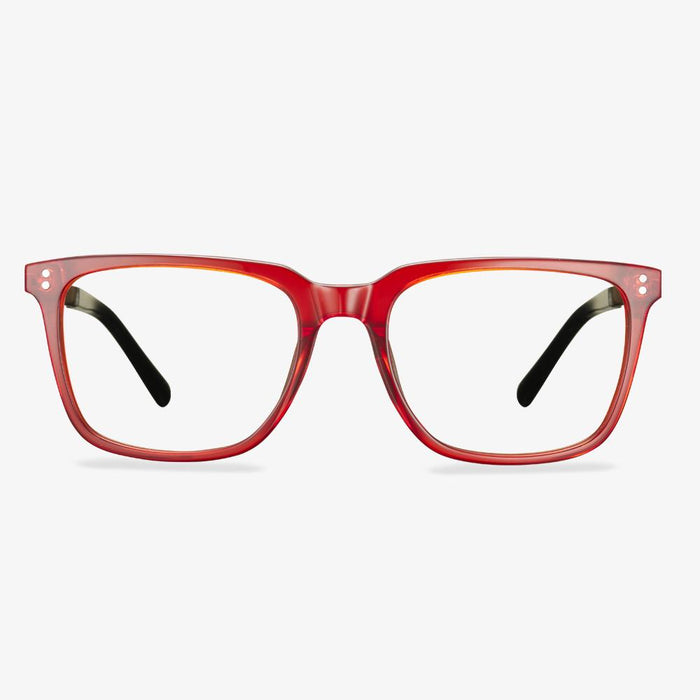 Dakota
Dakota